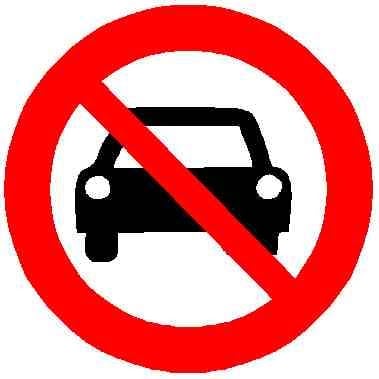- cross-posted to:
- politicalmemes@lemmy.world
- cross-posted to:
- politicalmemes@lemmy.world
America is too big for planes, too. If your transportation solution is flying, now everyone has to get around via endless highways or big, complicated regional airports, and you can only have so many of those. There’s a reason why rural areas in North America have completely different politics from urban areas, and why so much of it is driven by a sense of isolation and abandonment. Trains promise to help here because they are able to stop in small places that will never, ever have practical airports.
A good rail network provides a reliable, consistent, repeatable, and straightforward three hour connection from Nowheresberg to the nearest city. Slow, but good enough to feel like they exist in the same planet. Unfortunately, that promise is subtle, and it plays out over decades, so the reward system we’ve created for ourselves is incapable of supporting it. And thus, we have Amtrak and confederate flags


Australia and Canada, yes. India has a much more developed rail infrastructure.
The main driver for passenger rail success is population density–people per square mile or per square kilometer. The US, Canada, and Australia do not have enough population density in most areas to really support a passenger rail service.
There are parts or sections of the US that are starting to get the kind of density that supports trains, and trains do tend to appear when that happens.
I hear this argument often, but it perplexes me. Yeah, the US has large areas with little population density, but surprisingly, comparatively nobody lives there. The places with high population density have lots of people living there. We could have trains in places where people live, but for the most part, we don’t. Not even a single high-speed line to connect the Northeast Corridor, just the Acela. The Great Lakes region has higher population density than, and about the same size as, Spain, but Spain has a well-developed rail system.
It’s not really about population density.
The DC metro system was built when the population was 750k. The population of Columbus, Ohio is about 950k. Columbus could support a rail system (which would also bring more growth).
But we do have that kind of population density. Any pair of million person cities less than 500 miles apart is potentially good,and that’s most of the population
Most of Canada’s population is in a few relatively small, population centers that are certainly dense enough for high speed rail. If it is dense enough for the widest north american highway (401), then it is defintely dense enough for rail.